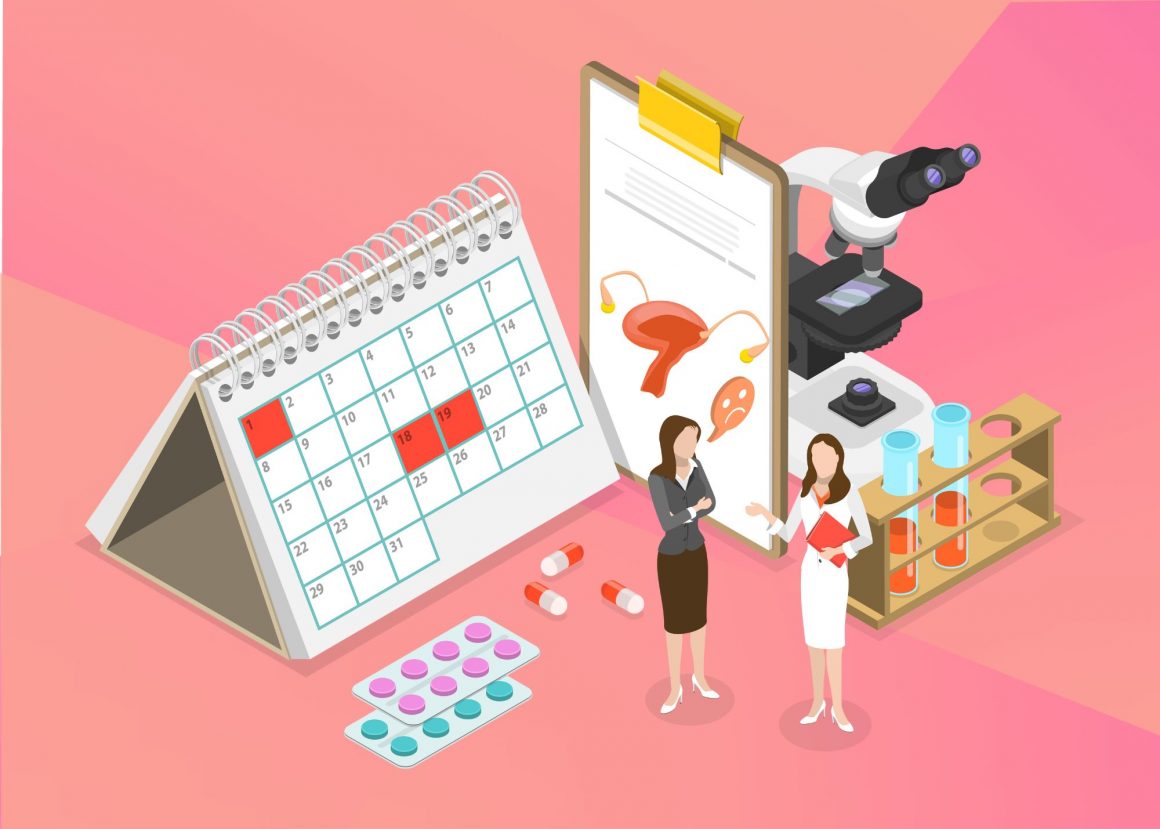
If endometriosis was a male disease it would be cured already
By Avery Sharpe, November 10 2023—
For centuries, women have struggled to make a place for themselves in the medical system. Women go overlooked, ignored and mistrusted. They are told the pain is in their head, that they are exaggerating, or that a simple Tylenol will suffice as treatment. Newsflash — it won’t.
Unfortunately, the gender health gap is a major issue that affects millions of women all over the world, and it’s not going away anytime soon. For that to happen, there needs to be a substantial change to our culture’s view of women’s health, as well as a shift in medical research that makes women’s bodies a dominant priority.
However, that paradigm shift will not be easy to accomplish, as women’s health has been systemically overlooked for millennia. The first medical discourses saw women’s bodies as simply an inverted version of a man, with the only difference being the reproductive system. Most clinical studies were performed on men, which ignored the differences of the female body and led to a severe lack of knowledge about female anatomy. Any medical problem a woman presented with that couldn’t be understood was then often assumed to be “female hysteria”, especially if that woman was insistent that something was wrong and refused to accept no diagnosis.
Unfortunately, we see the repercussions of these historical medical practices even today. Women are twice as likely to be diagnosed with a mental disorder when presenting with chest pain symptoms compared to men. They are diagnosed on average four years later than men with the same disease. Their pain is often dismissed as anxiety or exaggeration, and it’s all due to a cultural idea of hysteria that has perpetrated our modern-day medical system.
The history of female exclusion from research remains a problem as well. There is still so much unknown about female hormones, reproductive system, and general health, but only 3.4 per cent of research funding in Alberta goes towards women’s health. That means female-dominant diseases like migraines, anorexia, and endometriosis are all underfunded, while male-dominant diseases like HIV and hepatitis are overfunded. And, when the medical trials are even put into action, women are disproportionately included and their actual experiences are overlooked. Studies of heavy menstrual bleeding, for example, which is key for the diagnosis of many menstrual disorders, didn’t actually use real human blood until this year!
Even more worrying when considering this issue is the fact that women need this research done desperately. 70 per cent of chronic pain sufferers are women, and they will continue to suffer if they are overlooked in medical research and by medical professionals. Additionally, women endure monthly pain from PMS symptoms like cramping, headaches, and depression, and yet it is erectile dysfunction that has five times the research put into its cure. Imagine a world in which the medical system was created by women, for women and female diseases like endometriosis and polycystic ovary syndrome (PCOS) receive the same amount of attention and care as erectile dysfunction does right now. I don’t know about you, but I certainly believe they could be cured by now.
Well, that ideal world could be made a reality. Studies have shown that doubling the funding for research on women with coronary artery disease would create a return on investment of nearly 9500 per cent, and that’s just one disease. Increasing funding, even slightly, for women’s health in general could have major impacts. More research would mean improved education about female physiology and female diseases and could lead to better diagnostic procedures. Such an increase in research could be life-changing for millions of women worldwide!
Of course, not all the problems within the medical system could be solved with increased funding. A cultural shift is needed, where women are seen, heard, and believed just as much as men when expressing medical distress. Doctors need to be trained to accept and acknowledge different presentations of certain diseases, and society needs to create a welcoming space where women feel safe expressing pain without being blamed for it. Women are not always anxious, pregnant, hormonal, or hysterical – women are people in pain, just like men, and deserve to be treated as such.
This article is a part of our Opinions section and does not necessarily reflect the views of the Gauntlet editorial board.
